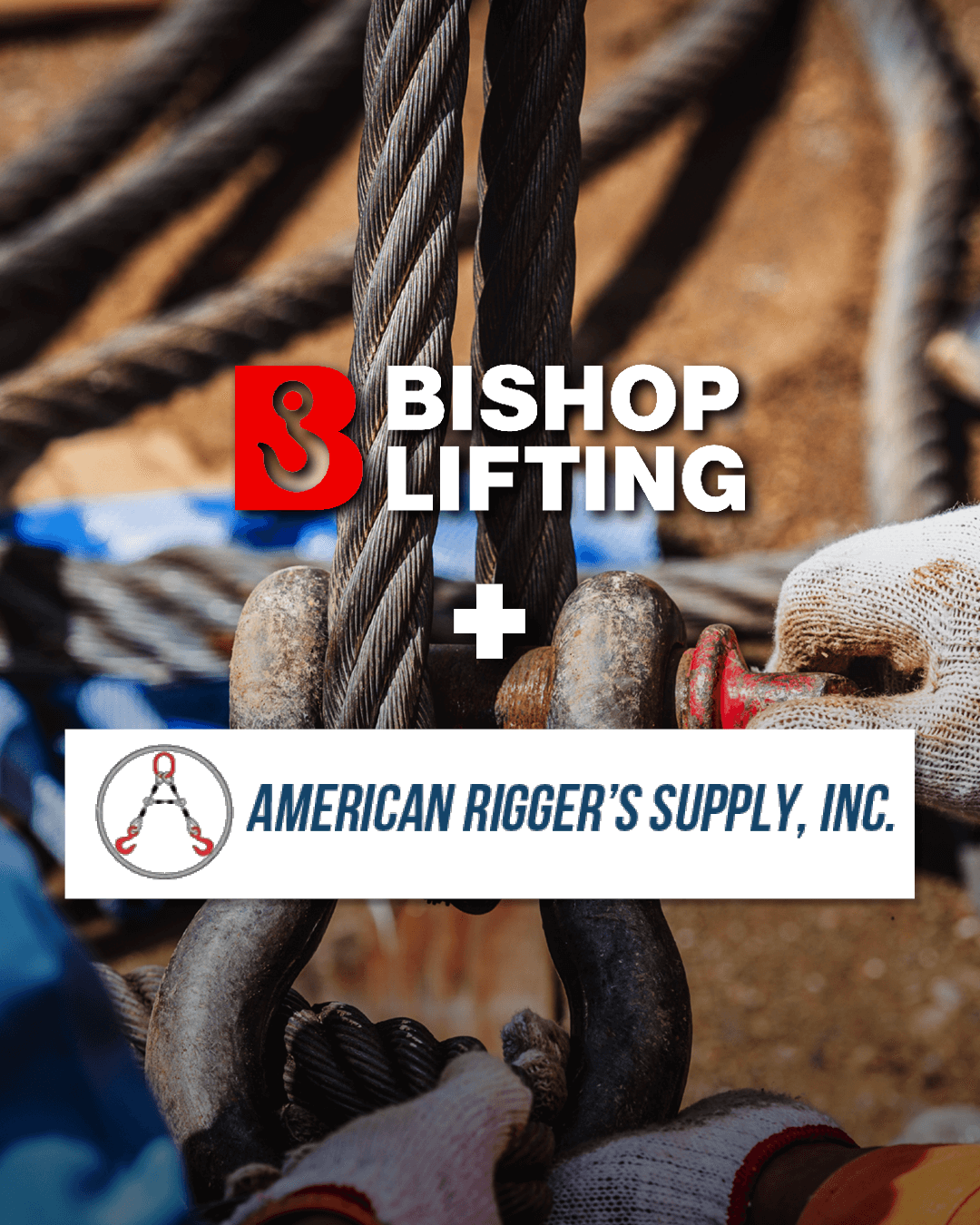Bishop Lifting Expands to the Midwest with Acquisition of American Rigger’s Supply
Sep 5th 2025
We’re excited to announce that Bishop Lifting has acquired American Rigger’s Supply, Inc., a respected sling fabrication and rigging supply company based in Kansas City, Kansas. This move strengthens our ability to serve customers locally across the Midwest with an expanded range of lifting solutions.
About American Rigger’s
Founded more than 50 years ago by Chris Hughes and later led by his daughter Jennifer Hughes, American Rigger’s is known for quality, safety, and s…
Bishop Lifting Acquires Oceanside Equipment, Expanding Footprint into Canada
May 14th 2024
Houston – May
14, 2024 – Bishop Lifting (Bishop), a portfolio company of Altamont Capital
Partners, today announced the completed acquisition of Oceanside Equipment
(Oceanside), a leading wholesale distributor of rigging and mooring products.
Headquartered in Dartmouth, Nova Scotia, and with a location in Mount Pearl,
Newfoundland, Oceanside has been serving customers since 1990 when Greg Maloney
started the company as an aquaculture industry distributor. Since then, the
company has expan…
Bishop Lifting Acquires Bairstow Lifting Products, Expands Footprint into Georgia
Apr 3rd 2024
Bishop Lifting (Bishop), a portfolio company of Altamont Capital Partners (Altamont), today announced the completed acquisition of Bairstow Lifting Products (Bairstow), headquartered in Atlanta. Bairstow, owned by brothers Robert and Andy Bairstow, was founded by their father, Bob Bairstow, in 1960 as a local wire rope fabricating shop. Since then, the company has expanded its offerings and services to become a leading supplier of rigging products and fall protection solutions in a major metropo…
Bishop Lifting Acquires Worswick Group Holdings & Expands into Florida
Dec 13th 2022
Houston, TX – December 13, 2022 – Bishop Lifting, a portfolio company of Altamont Capital Partners, announced today the completed acquisition of Worswick Group Holdings, with ten operating locations across Florida. Founded in 1958 as Certified Slings and Supply, the business has grown under the leadership of the Worswick family to include Bubba Off-Road Recovery Gear, Florida Wire & Rigging Supply, Secured Global, and Academy Training Center and serve customers across Florida, the United S…
Bishop Lifting Acquires Westech Rigging Supply & Expands to Northwest
Oct 5th 2022
Houston, TX – October 4, 2022 –Bishop Lifting Products, a portfolio company of Altamont Capital Partners, announced today the completed acquisition of Westech Rigging Supply, with locations in Eugene and Salem, OR. Founded in 1956, Westech has been family owned and operated by the Anderson family, serving customers throughout Oregon with an online presence that serves customers across the country. Following the closing, current Westech owner Nick Anderson will assume a leadership role…






